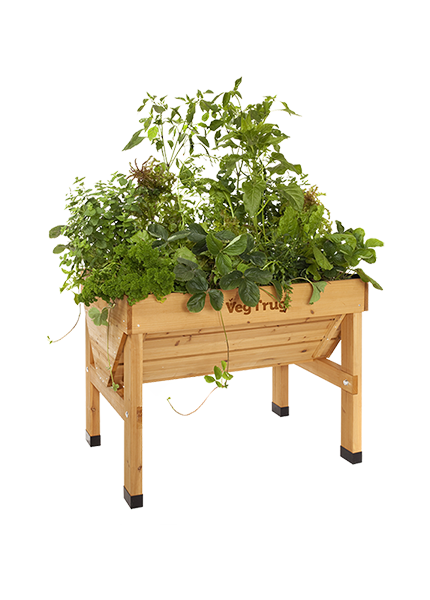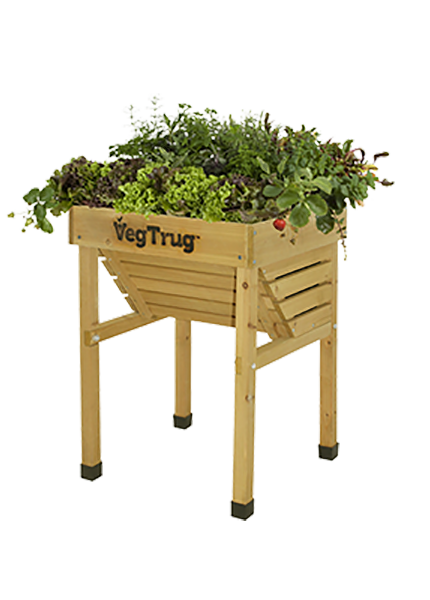Coriander is an easy-to-grow herb that comes in many varieties. Its leaves, stalks and seeds are popular for their tangy and aromatic addition to salads, curries, Chinese and Thai foods.
Some varieties are cultivated to produce more leaves, while others will produce more seeds.
Coriander leaves are often referred to as cilantro and it’s been linked to medicinal uses too (although there’s insufficient scientific evidence), including improving stomach disorders. Read below for more on how to grow coriander.
You can sow coriander from seeds or from pots from spring to autumn, but coriander can sometimes be slow to germinate so crushing the seeds just a little can help. You should start to see seedlings anywhere between 7 and 20 days. Sow in full sun.
If you still want to be eating tasty home-grown coriander well into the winter, you can sow coriander seeds in autumn, using cloches or a polytunnel to protect the plants from the cold.
Plant your coriander where you want it to grow; it quickly develops a deep taproot that doesn't respond well to transplanting. Sow seeds 1.5cm deep after all danger of frost has passed. When plants emerge, thin them to 10cm apart and mulch to conserve moisture and deter weeds. Once you’re comfortable with how to grow coriander, you can ensure a steady supply of leaves by sowing succession crops every three weeks until late summer.
Keep a close eye on young plants to make sure they don't dry out. Coriander doesn’t need a huge amount of water, but the roots do need to be kept moist. And keep any weeds at bay so they don’t compete for the nutrients, but generally coriander won’t need additional nutrients
While coriander is straightforward, it can have issues with bugs and problems. While you’re learning how to grow coriander you might come across any of the following pests.
Aphids are among the biggest nuisances for plants grown indoors and on windowsills. One way to stop pests is to spray the entire plant with a soap and water solution. Use two teaspoons of washing up liquid to a gallon or 4.5 litres of water. Or use a horticultural soap.
Outside snails and slugs will feast on the leaves too, so either cover with netting or use another form of control, such as eggshells to hinder snails and the like.
Coriander’s leaves, the seeds and the stems can all be eaten. Picking young leaves will not only give you the tastiest herbs, but it will also encourage the growth of newer, fresher leaves too. The flowers can be eaten, or left to form delicious seeds.
You can also dry out the seeds and the stems. Keep them in an airtight container, ready to add some tanginess into your favourite dishes as and when you need them. Or you can take up the leaves, stem and seeds, chop finely and freeze the lot.
How to grow coriander is part of the VegTrug Grower’s Guide.

